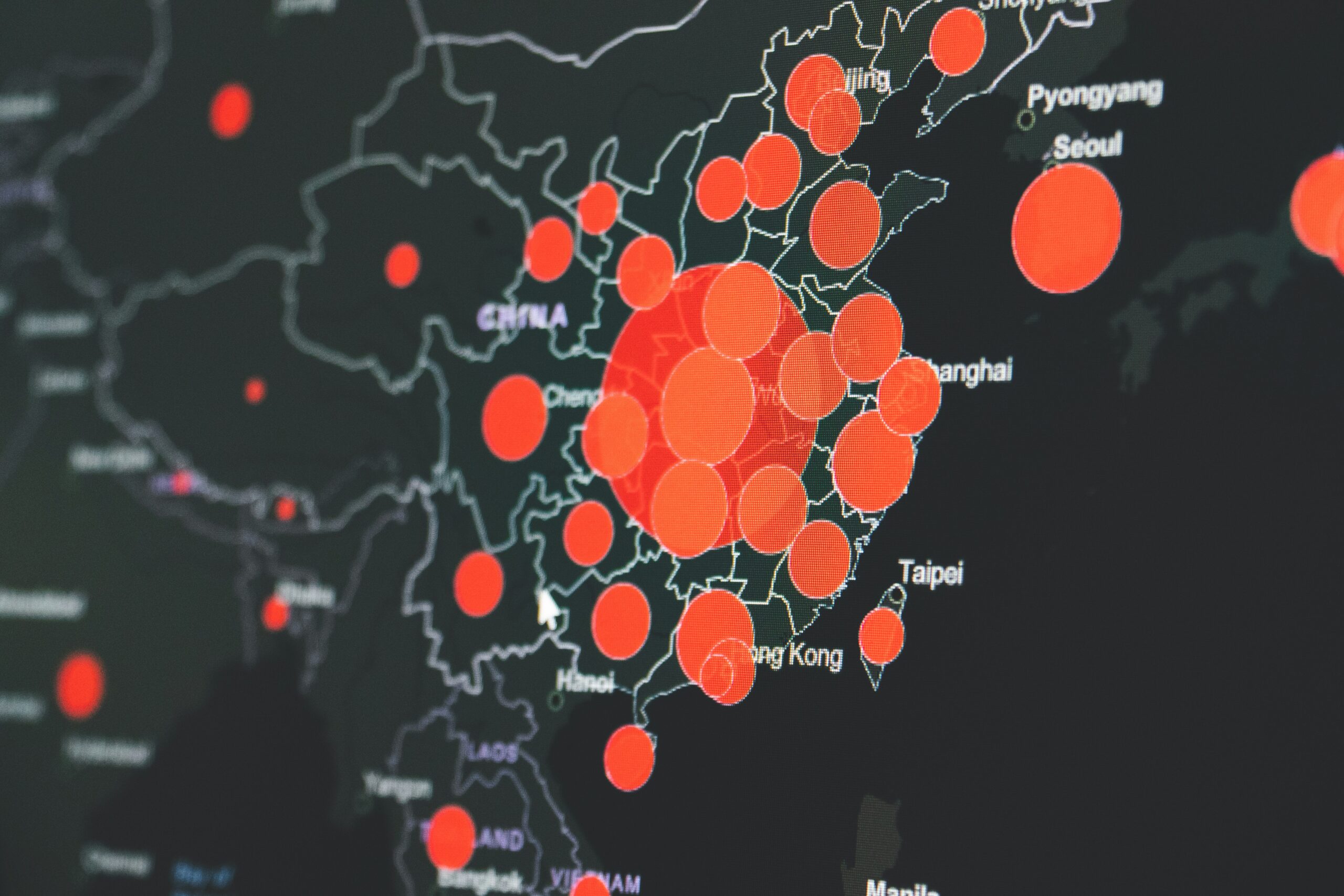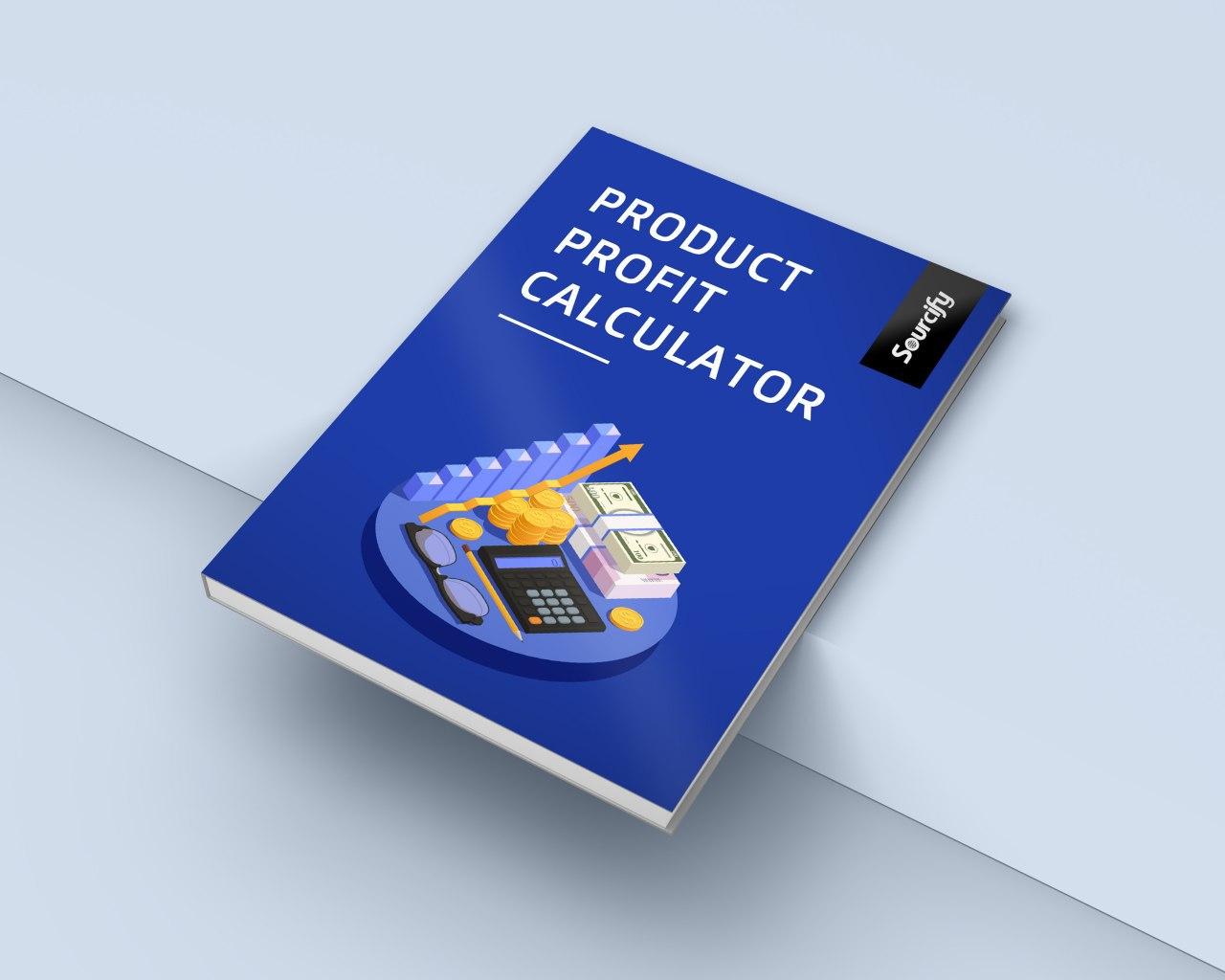When navigating the complexities of international trade, understanding the impact of assembly on your product’s Country of Origin (COO) is crucial. While many businesses focus on sourcing materials from low-cost countries, shifting where or how products are assembled can have a significant effect on your duty costs and eligibility for preferential trade treatment. In this blog, we’ll explore how changing the assembly process can alter a product’s COO and help you optimize your trade strategy.
What is Country of Origin (COO)?
Country of Origin is the country where a product undergoes its last substantial transformation, meaning it’s where the product undergoes the most significant manufacturing or assembly activity. This final assembly process is critical because it determines which tariffs and duties apply and whether the product qualifies for duty-free status under various trade agreements.
How Assembly Affects COO and Tariff Rates
Changes in assembly location or process can shift the COO, potentially allowing businesses to lower tariffs, qualify for preferential treatment, or avoid higher duties. Here are some key assembly changes that could impact your product’s COO and tariff treatment:
- Final Assembly Location: The final assembly step is often the key determinant for COO. Moving assembly to a country with a trade agreement or better tariff treatment can drastically reduce costs. For example, assembling a product in a country with an FTA with the destination country (e.g., Mexico under USMCA) could result in a much lower duty rate compared to assembly in a non-FTA country (e.g., China).
Example: A product such as a backpack may be manufactured in China but assembled in Mexico. By shifting the final assembly process to Mexico, the product might qualify for reduced or duty-free tariffs when imported into the U.S. under the USMCA. - Partial Assembly in Different Countries: Some products are manufactured through multiple stages in different countries. Even if the product undergoes substantial transformation in one country, adding critical components or performing final steps in another country can change the COO. This is especially relevant for products like electronics, vehicles, or furniture.
Example: A computer’s motherboard might be assembled in Taiwan, while the final assembly (attaching peripherals, testing, and packaging) is done in the U.S. This could shift the COO to the U.S. and result in lower tariffs when importing back into the country. - In-Country Value Addition: Adding significant value to the product during assembly (e.g., assembling complex electronics or performing final testing) can shift the COO. This is particularly beneficial for products that involve multiple countries in their supply chain.
Example: A piece of jewelry might be manufactured in India but undergoes final polishing and finishing in the U.S. These finishing steps can help the product qualify as U.S.-made, potentially reducing tariffs when imported back into the U.S. - Assembling in Countries with Lower Duties or Trade Agreements: Moving assembly to a country with lower duties or that participates in trade agreements can help businesses reduce costs. For instance, assembling in Vietnam, India, or other countries that have favorable trade agreements with key markets can reduce tariffs and streamline customs processes.
Example: A sporting goods company assembles its products in Vietnam rather than China, as Vietnam benefits from favorable tariffs under various trade agreements, including the CPTPP (Comprehensive and Progressive Agreement for Trans-Pacific Partnership).
How Assembly Changes Impact Duties and Tariffs
- Lower Duties: By changing where and how assembly occurs, products may qualify for reduced duty rates or duty-free treatment under various FTAs or preferential trade programs.
- Customs Compliance: Shifting assembly to different countries may require adjustments in customs documentation and verification of the final COO, so businesses should be diligent in maintaining accurate records.
- Tariff Classification: The assembly process can change the tariff classification of the product, resulting in either higher or lower tariffs depending on where and how the final product is assembled.
Tips for Navigating Assembly Changes
- Consult with Trade Experts: Early consultation with customs brokers and trade compliance professionals can help you navigate the implications of assembly changes and ensure compliance.
- Track Trade Agreements: Keep an eye on the latest trade agreements and updates in tariffs to identify which countries offer the best assembly options for your products.
- Document All Assembly Changes: Proper documentation of where and how the assembly takes place is crucial to support any claims of country of origin changes.
Conclusion
Shifting where or how products are assembled can be an effective strategy for reducing tariffs, qualifying for preferential trade treatments, and optimizing your supply chain. Whether you’re finalizing assembly in a lower-cost country or utilizing multiple countries for different assembly steps, making strategic decisions around assembly locations can significantly impact your product’s COO and help you stay competitive in the global marketplace.




